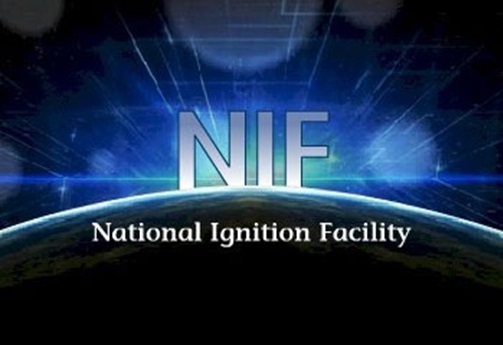Part 1 of 2 Parts
In December of 2022 after a decade of effort, scientists at the National Ignition Facility (NIF) announced that they had set a world record because they created a fusion reaction that produced more energy than it consumed. This phenomenon is called ignition. They have now proven that the feat was no accident by replicating it four times more. The Biden administration is looking to build on this success by establishing three new research centers to help advance fusion science.
The NIF is a stadium-sized laser facility, housed at the Lawrence Livermore National Laboratory (LLNL) in California. The team achieved its goal of ignition in four of its last six attempts. They created a reaction that generates pressures and temperatures greater than those that occur inside the Sun.
Richard Town is a physicist who heads the lab’s inertial-confinement fusion science program at the LLNL. He said, “I’m feeling pretty good. I think we should all be proud of the achievement.”
The NIF was not designed to be a power plant. It is a facility to recreate and sturdy the reactions that take place during thermonuclear detonations after the U.S. stopped underground weapons testing in 1992. The higher fusion yields are already being used to advanced nuclear-weapons research. They have also stimulated enthusiasm about fusion as a limitless source of clean energy. U.S. secretary of state John Kerry called for new international partnerships to advance the commercialization of nuclear fusion at the COP28 climate summit in Dubai that was held last week. The U.S. Department of Energy (DoE) which oversees the NIF followed up by announcing the new research hubs. The new facilities will be led by Lawrence Livermore, University of Rochester in New York, and Colorado State University in Fort Collins.
Construction of the NIF was considered to be a leap of faith by many. Its success has had a real impact on the fusion community, as well as public perception. Saskia Mordijck is a physicist at the College of William and Mary in Williamsburg, Virginia. She said, “In that sense, what is important is that scientists said they could do something, and then they actually did do something.”
The NIF works by firing one hundred and ninety-two laser beams at a frozen pellet of deuterium and tritium which are isotopes of hydrogen. The pellet is housed in a diamond capsule suspended inside a gold cylinder. The resulting implosion causes the hydrogen isotopes to fuse resulting in the creation of helium and huge amounts of energy. On the 5th of December in 2022, for the first time, those fusion reactions generated about fifty four percent more energy than the laser beams delivered to the target.
The facility set a new record on the 30th of July this year when its laser beams delivered two megajoules of energy to the target which was the same amount as was delivered to the target in December of 2022. However, this time, the implosion generated about four megajoules of fusion energy which represented an increase of eighty nine percent over the input energy. Scientists at the laboratory achieved ignition during two more attempts in October of this year. The laboratory’s calculations indicated that two other attempts in June and September generated slightly more energy than input by the lasers. However, these attempts were not enough to confirm ignition.
Please read Part 2 next
